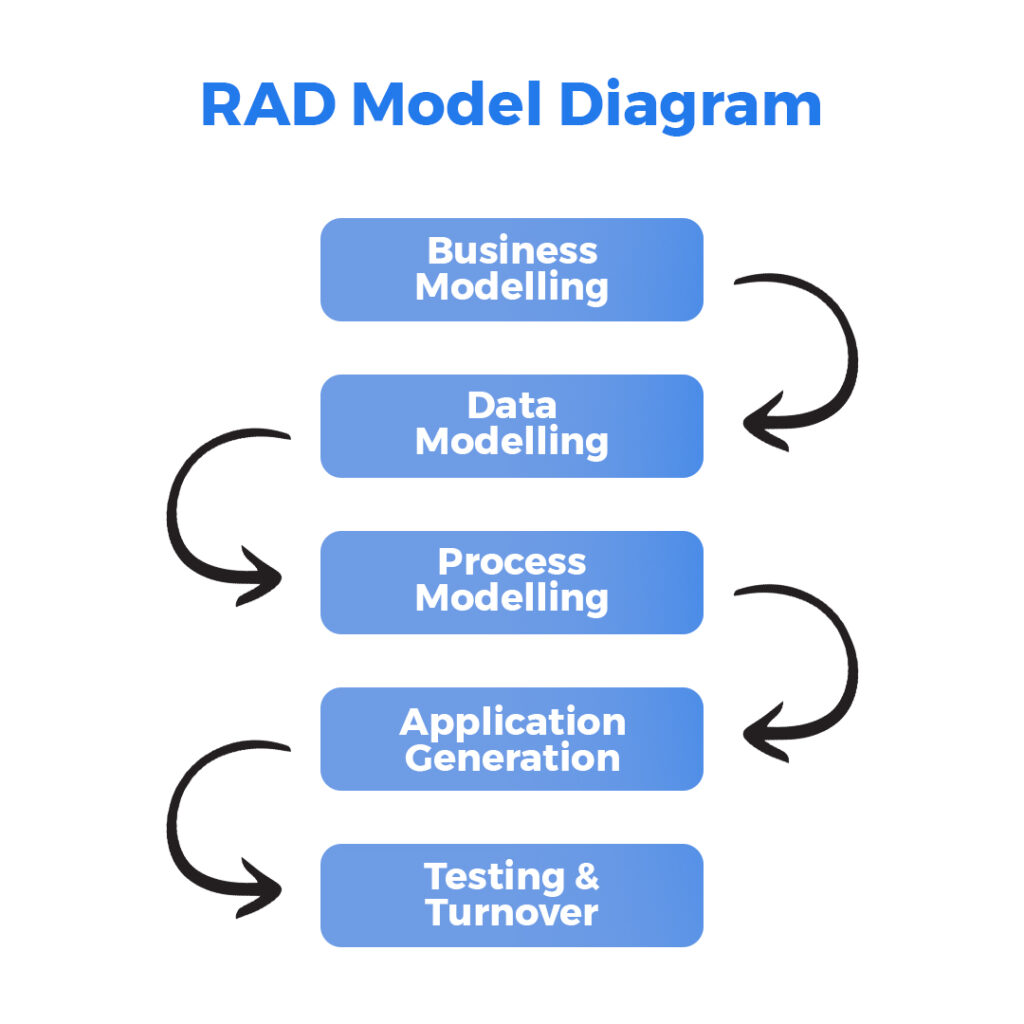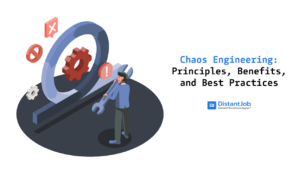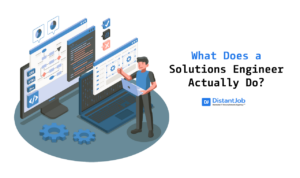Application development methodologies (Waterfall, RAD model, etc.) help teams structure their workflow around the creation of a product, and also establish the type of flexibility they have during the entire development process.
Traditional methodologies such as Waterfall ensure that you stick to a rigid structure and only allow you to proceed to the next development phase after completing the previous one. Rapid Application Development (RAD) makes your workflow more collaborative and quicker.
Rapid Development was built as an efficient, quicker, and seamless way to create an app from the design phase to deployment. By using it, you won’t have to rework from the start whenever you need to introduce a new feature or if your client rejects an update/version.
This piece will give you an understanding of what the RAD methodology is about and its advantages and disadvantages. With this information, you will be able to make an informed decision on whether to use it in your application development process or not.
What is RAD Model?
The RAD model is a form of agile methodology that focuses on constant iterations and prototypes based on user feedback. It allows you to incorporate updates based on usage rather than a rigid development plan.
Using this development life cycle, developers can:
- Make changes to the design.
- Remove or add features.
- Edit interfaces.
They can do all these without affecting the whole process while also dealing with changing requirements, as they happen, based on client/user feedback. This translates into rapid prototypes for testing and additional improvements.
5 Main Phases in the RAD Model
While the RAD model supports total flexibility and modifications, it functions on 5 core phases or steps that control the development process:

1. Define Project Requirements
At the start, application development separates itself from the conventional software development models. It does not require the developer to sit with end users to get a detailed list of specifications. Rather it requests broad requirements. The broad scope of the requirements helps developers get specific requirements at various stages of the development cycle.
2. Build Prototypes
At this phase, the actual development happens. Rather than sticking to a rigid set of requirements, developers create prototypes with varying features and functions as quickly as they can. The prototypes are done to show the end users, who will decide what they like and what they don’t.
Often, prototypes are quickly designed simply to display particular features without adequate polishing. The final product is only built at the finalization stage where the developer and client can agree on an end product.
3. Obtain Feedback
In the third phase, feedback on what’s great and what isn’t, what works and what doesn’t is shared. The feedback is not just restricted to pure functionality but also interfaces and visuals. With the feedback received, prototyping continues. The two steps are reiterated until an end product satisfies both the client and the developer.
4. Test the Product
At the testing phase, the product is checked closely against all user requirements to make sure that it functions as demanded. Additionally, testing reviews all third-party integrations within the software as updates made in one area can affect others.
5. Present the Application
At this point, all the functions, aesthetics, interfaces, and features of the software are finalized with the end-user. Ensuring maintainability, usability, and stability are of key importance before delivering the final product.
Rad Model Advantages and Disadvantages
| Pros | Cons |
| Cuts down on development time. | It is dependent on a skilled team of developers/designers. |
| Facilitates customer feedback and the final product satisfies all stakeholders. | It can only build modularized projects. |
| Allows for integration from the start. | Cannot be used for cheap projects due to automated and modelling costs. |
| Fast initial reviews occur. | Requires a strong team and individual performances. |
| Improves the reusability of components. | It works only for projects that require speed. |
| Enhances end-product risk management. | It is hard to manage due to many stakeholders. |
Advantages of RAD Model
The RAD model offers some powerful advantages to the development process:
- It offers improved flexibility as developers can adapt to required changes and incorporate new functionalities and features during the build process.
- You can create quick iterations that cut down time frames to make your delivery process a lot more streamlined.
- It is dependent on customer collaboration satisfying every stakeholder such as users, developers, and clients.
- It offers enhanced risk management solutions because code vulnerabilities are fixed before the final release.
- You can carry out integrations at the initial stages and reuse code at any point, which results in a shorter testing time.
- Fast reviews can be carried out, and hence you achieve more productivity with fewer people.
Disadvantages of RAD Model
Though the RAD model is very flexible and is a customer-friendly methodology, it has certain disadvantages if you don’t have the perfect team for it:
- It requires huge collaboration and joint effort from many people and departments. This can become confusing if it isn’t organized or conducted adequately.
- It can lead to problems such as code documentation issues if you have a large team that is mostly filled with new or inexperienced developers.
- It needs slightly more talented developers to carry out iterations and update code during the development process as they’d be quick to understand each aspect of the project.
- The RAD model is typically suitable just for projects that must be developed and delivered quickly.
- Rapid Application Development requires customer input at numerous stages, making the process a lot more complex than other methodologies.
- It can be very hard to manage if every stakeholder is not on the same page.
After comparing the advantages and disadvantages of the RAD model, you have to analyze your current development team to know whether it is suitable for them to use. After all, you have to keep all stakeholders involved during the whole development life-cycle process.
Is RAD the Best Choice for Your Team?
To know if your developer team is ready to incorporate the RAD methodology into their creation process, consider the following questions:
- Is the deadline for your project tight?
- Are your customers open to collaborating during the development process?
- Does your company possess the right resources (developers, coders, and designers) to build a project using this methodology?
- Do you have the budget or means to hire top-notch developer talent who can use the RAD model effectively?
- Do you possess the right technology to use the RAD model?
- Are you able to test your prototypes with customers who will provide truthful, factual, and reliable feedback?
If your answer to the above questions is “yes” then you’re ready to start using the RAD model to develop your project.
Getting Started with the RAD Model
The RAD model can immensely benefit your development process. You ensure your team is both able and ready to collaborate and work extensively with the customer to make sure your prototypes are built and tested efficiently. It works best when your business budget, requirements, and objectives benefit from an iterative and constantly changing process.
If you are unsure how to start or are stuck in the middle of a rapid development procedure, DistantJob, an IT staffing company, can help you and your team hire skilled developers for your project. Or, if you are a developer seeking to put your RAD talent to work, visit here for job opportunities.




